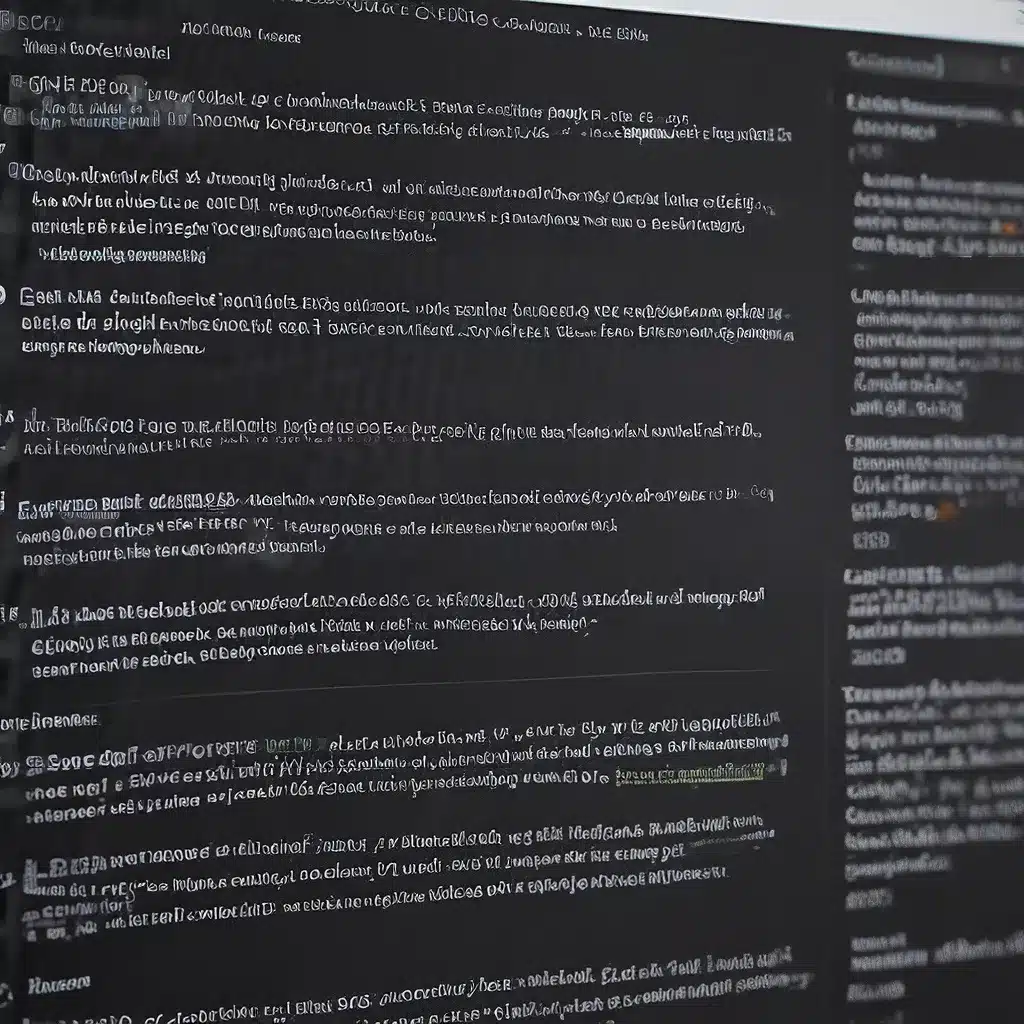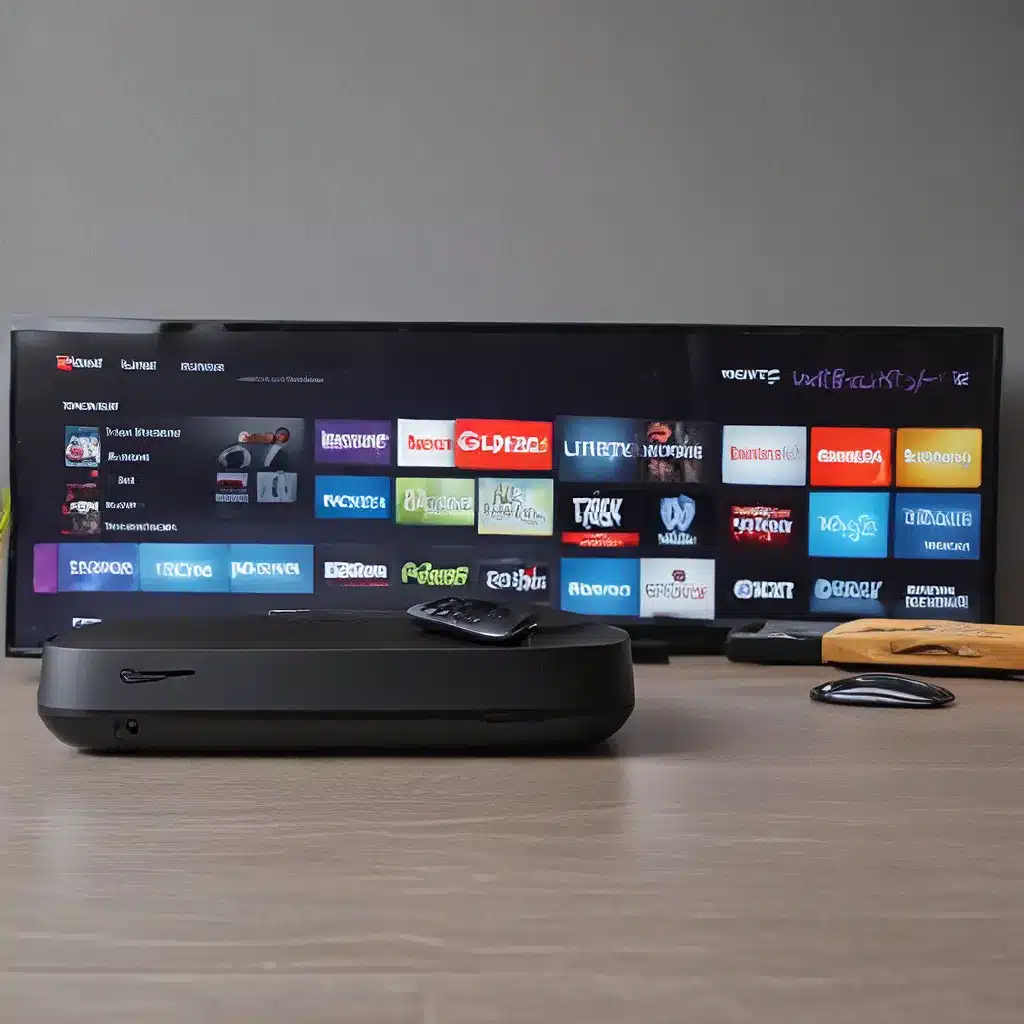
In the ever-evolving landscape of web design and development, accessibility has emerged as a critical consideration, ensuring that digital experiences cater to users with diverse needs. At the heart of this accessibility revolution are the powerful tools of captions, transcripts, and audio descriptions – features that not only enhance the user experience but also unlock a world of opportunities for content creators and website owners.
Captions: Bridging the Auditory Gap
Captions, the textual representations of spoken audio, have become an indispensable component of multimedia content. According to US government figures, one person in eight has some functional hearing limitation, and this number is expected to increase as the average age of the population rises. Captions, whether closed or open, serve as a lifeline for these individuals, allowing them to fully engage with the content.
Beyond their accessibility benefits, captions have broader applications. Captions are useful in noisy environments like airports, in quiet environments like libraries, and for multimodal learning. They also aid in language learning, helping users who only partially understand the language being presented.
The implementation of captions can take various forms, ranging from the traditional closed captions seen on television to the customizable captions found in web-based media players. Closed captions can be turned on or off, while open captions are a permanent part of the video, visible to all viewers. The flexibility of captions allows content creators to tailor the experience to their audience’s needs, ensuring an inclusive and engaging multimedia experience.
Transcripts: The Textual Counterpart
While captions focus on the auditory elements of multimedia, transcripts provide a comprehensive textual representation of the entire content. Transcripts include not only the spoken words but also descriptions of important audio information, such as laughter, and visual information, such as someone entering the room. This level of detail ensures that users who cannot access the content through audio or video can still engage with the material.
Transcripts hold numerous benefits beyond accessibility. They make multimedia content searchable by search engines and users, allowing for improved discoverability and content organization. Additionally, screen reader users often prefer transcripts over real-time audio, as they can navigate the content at a pace suited to their needs. This adaptability empowers users with diverse abilities to engage with the content in a manner that works best for them.
Audio Descriptions: Enhancing the Visual Experience
While captions and transcripts cater to users with auditory disabilities, audio descriptions address the needs of individuals with visual impairments. Audio descriptions provide narration that describes the visual elements of a multimedia presentation, ensuring that users with visual disabilities can fully perceive the content. This can include describing the actions, settings, and other visual cues that are not conveyed through the primary audio track.
Audio descriptions can be provided as a separate audio track or integrated into the primary audio, ensuring a seamless and immersive experience. While producing audio descriptions can be time-consuming and costly, they are essential for achieving WCAG 2 Level AA conformance and ensuring optimal accessibility for users with visual disabilities.
The Convergence of Accessibility and Innovation
The adoption of captions, transcripts, and audio descriptions is not only a matter of legal and ethical compliance but also a strategic opportunity for content creators and website owners. By embracing these accessibility features, they can tap into a broader audience, enhance the overall user experience, and position their digital assets as industry-leading examples of inclusive design.
As the digital landscape continues to evolve, the demand for inclusive and accessible content will only grow. Emerging technologies, such as voice assistants and machine learning-powered captioning, are likely to further revolutionize the way we consume and interact with multimedia content. Forward-thinking web designers and developers who integrate captions, transcripts, and audio descriptions into their workflows will be well-positioned to capitalize on these trends and deliver exceptional experiences for all users.
The Road Ahead: Embracing Accessibility as a Competitive Advantage
In an era where user experience is a key differentiator, the integration of captions, transcripts, and audio descriptions can provide a significant competitive edge. By demonstrating a commitment to accessibility and inclusivity, website owners can attract a wider audience, foster brand loyalty, and position their digital assets as industry leaders.
As the web continues to evolve, the importance of accessibility will only grow. Content creators and web designers who embrace these tools and techniques will not only ensure compliance with legal and ethical standards but also future-proof their digital experiences, positioning them for long-term success in the ever-changing landscape of web design and development. The road ahead is paved with opportunities for those who recognize the transformative power of accessible multimedia content.




